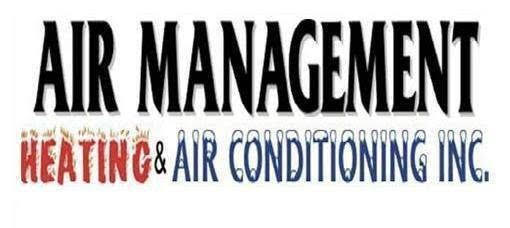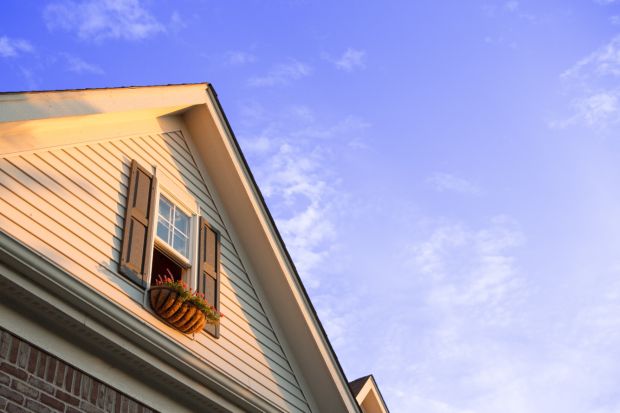Unless you have a finished attic, you probably aren’t fond of spending time up there during a hot summer day. With no air conditioning vents pumping in cool air and the hot sun beating down on the roof right over your head, attic temperatures can soar. But with proper ventilation, you can at least bring those temperatures down to match that of the outdoor air.
Full of Hot Air
Your home’s air conditioner battles against all sorts of heat — sunlight pouring through windows, steam coming off the stove, even family members and pets giving off body heat. But in homes with unventilated attics, one of the greatest sources of heat may be the hot air trapped in the attic and radiating through the ceiling below.
Unless you plan to convert your attic to a living space, it doesn’t make sense to seal it and route your HVAC vents up there. But you can install attic fans which will continuously replace the stagnant air with fresh outdoor air, preventing your attic from turning into an oven.
There are two basic types of attic fans: rooftop fans and gable fans.
Rooftop fans are installed right on top of the roof and perform two tasks at once: expelling the stagnant air and replacing it with cooler air. Gable fans operate as two separate units on opposite sides of the attic: one to blow in, the other to blow out.
Both types of attic fans are popular as solar-powered equipment. Since sunlight on the roof is the major source of attic heat, attic fans are most useful during daylight hours. When your fans are powered by the sun and set to start automatically, they’ll run exactly when you need them without you having to flip a single switch. And the best part is that they don’t contribute to your power bills at all — simply install the fans and let them work their magic.
Cool and Dry
Trapped heat isn’t the only problem with unventilated attics. These spaces also trap moisture, both in the form of natural humidity from the outdoors and manmade humidity from boiling pots, hot showers and other sources in the rooms below.
If this humidity collects in the attic and has nowhere to go, mold and mildew growth can become a major concern. Depending on the type of insulation material you’re using on your attic floor, mold spores could potentially destroy your valuable insulation and create a health risk.
Seal It Up
There is one major caveat to the effectiveness of an attic fan: you must have a tight seal between your living space and your attic to get an energy efficiency boost. Otherwise, the air circulation created in your attic could suck a significant share of your air-conditioned air up and out of your house through cracks and gaps in your ceiling.
Before having an attic fan installed, you should conduct a thorough inspection of this barrier and seal up any cracks that allow air to transfer from the top floor of your home to your attic.
Contact a Professional at Air Management HVAC today by calling us at 732-819-0008.
Air Management guarantees to bring you and your family quality installation and courteous, friendly service that will exceed all of your needs. Call Air Management at 732-819-0008 today!







